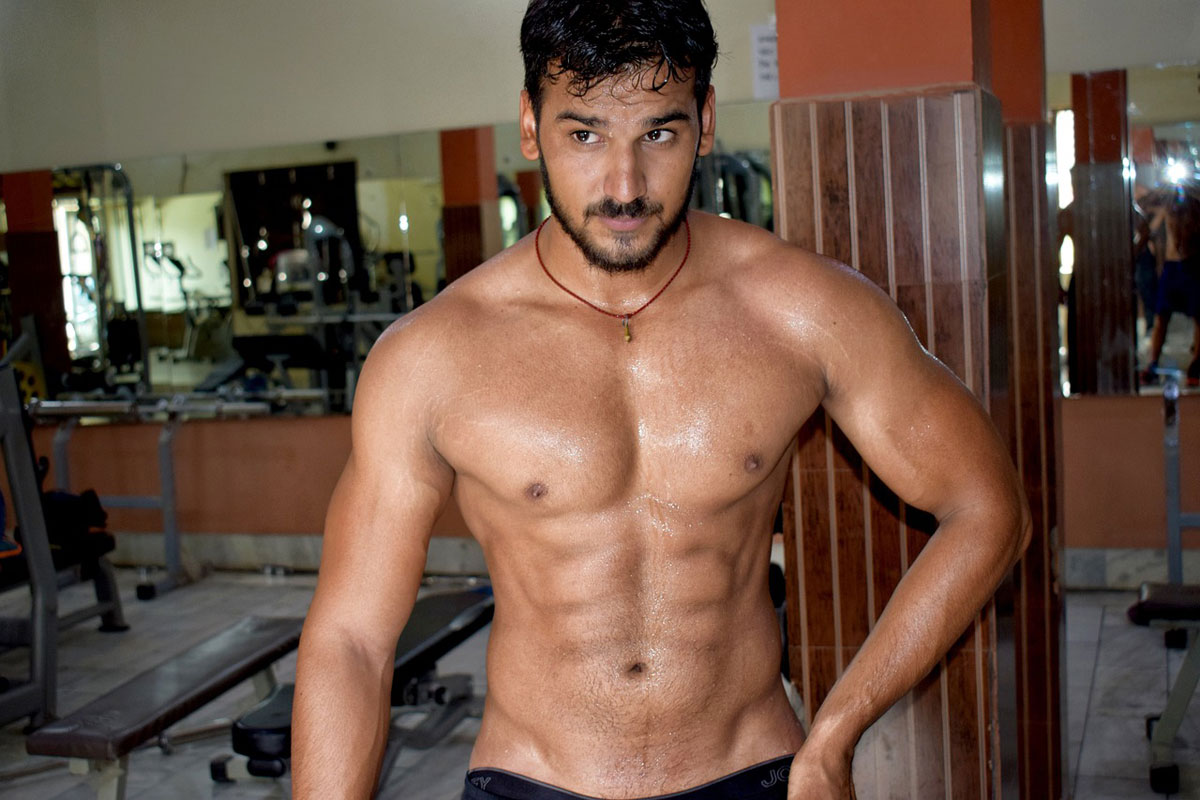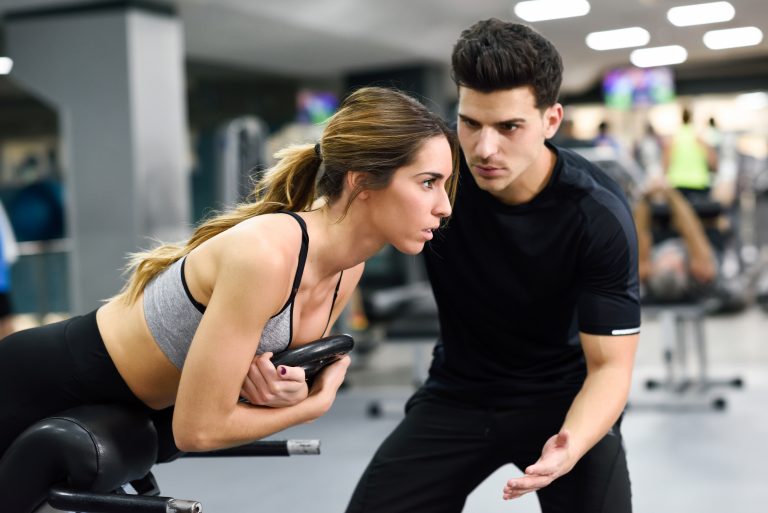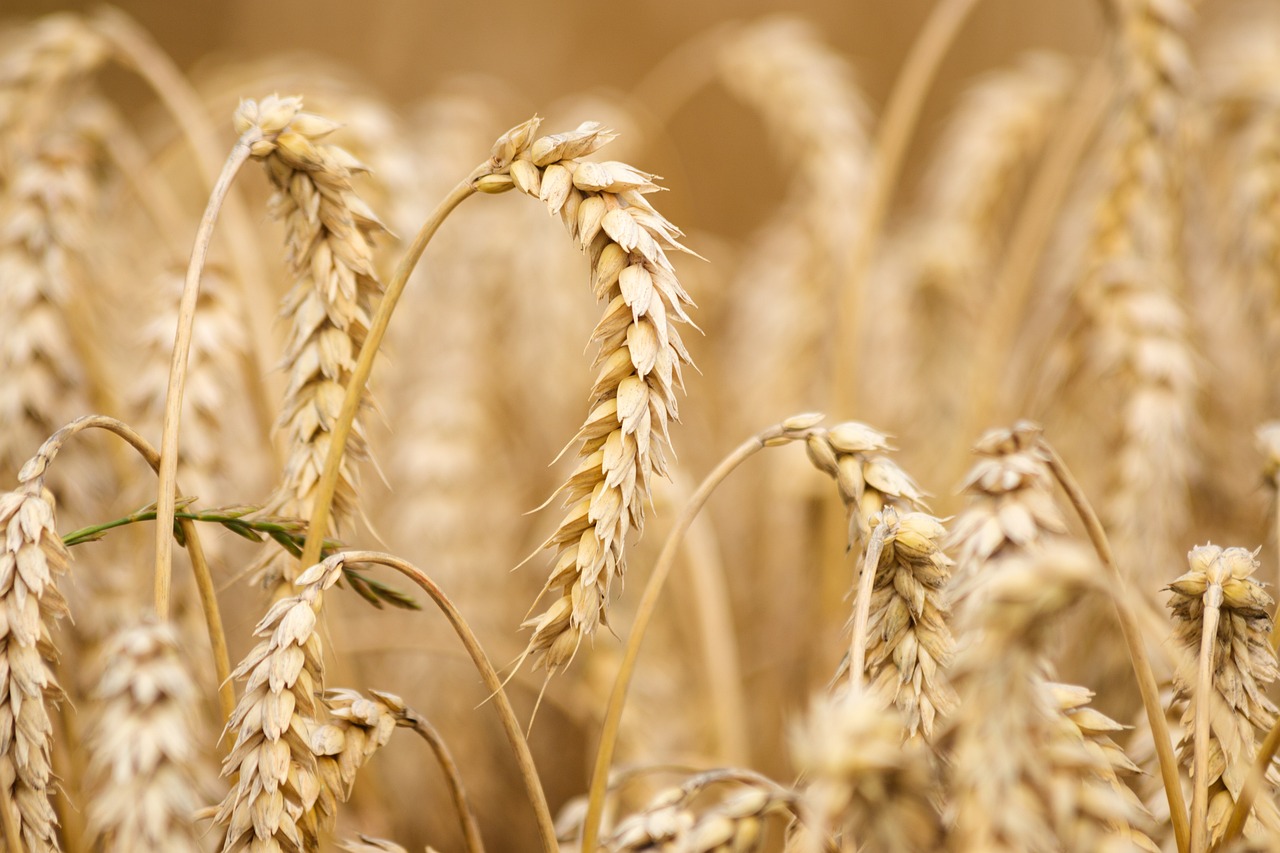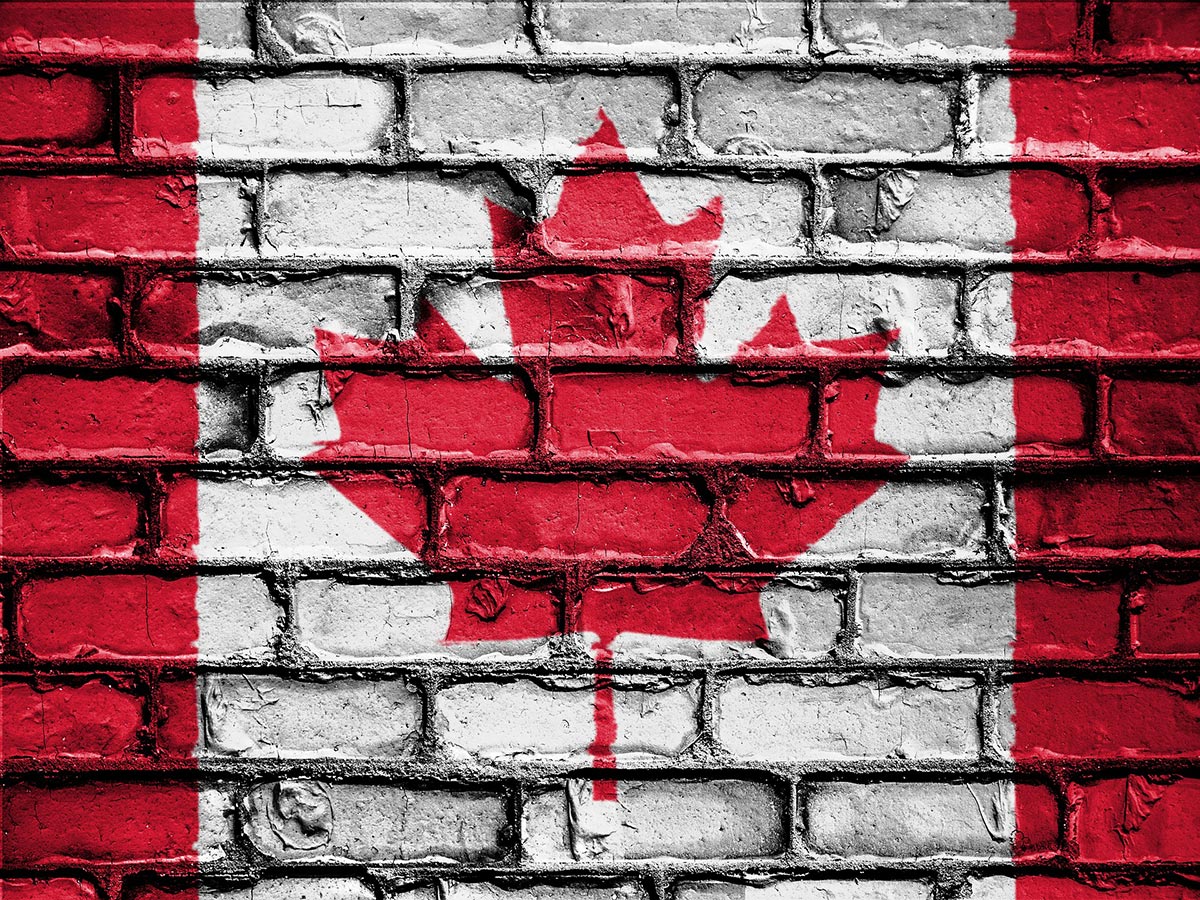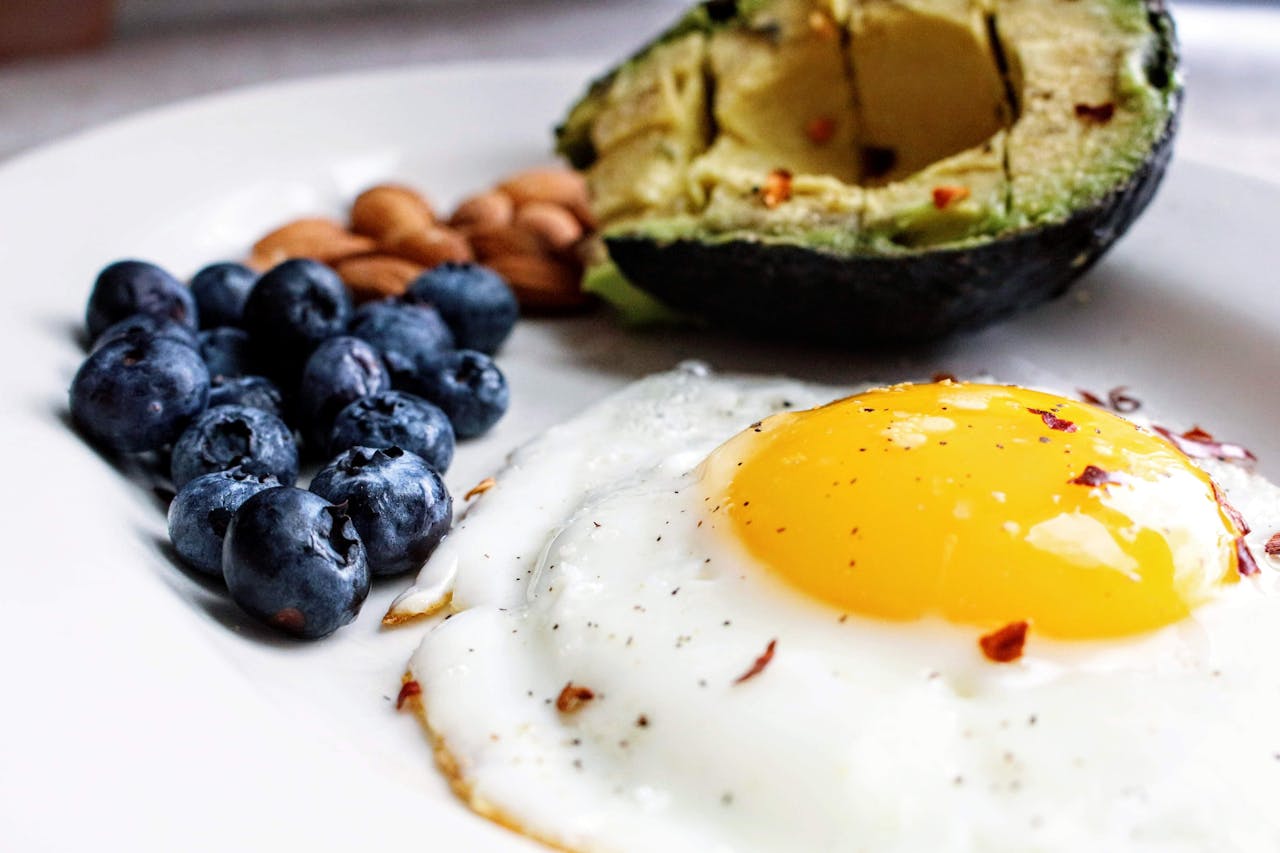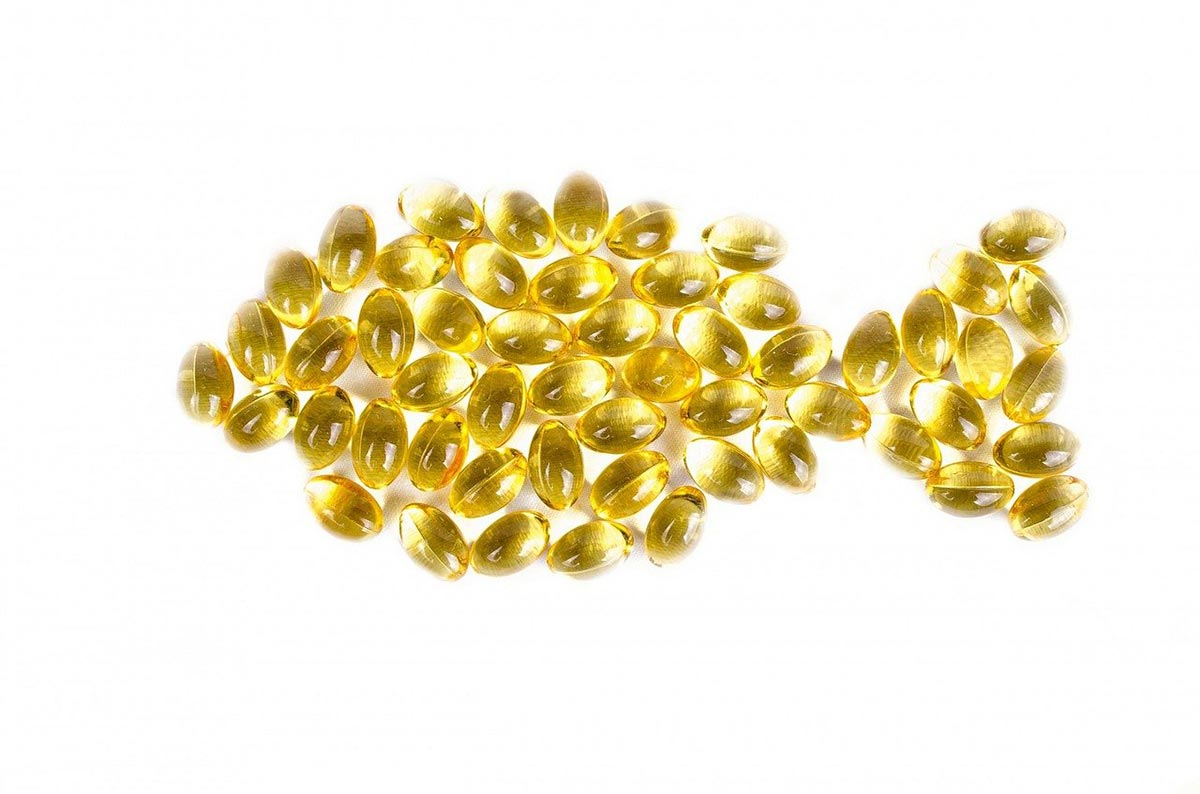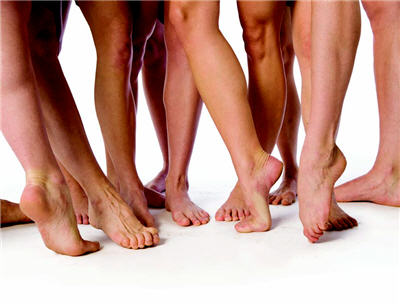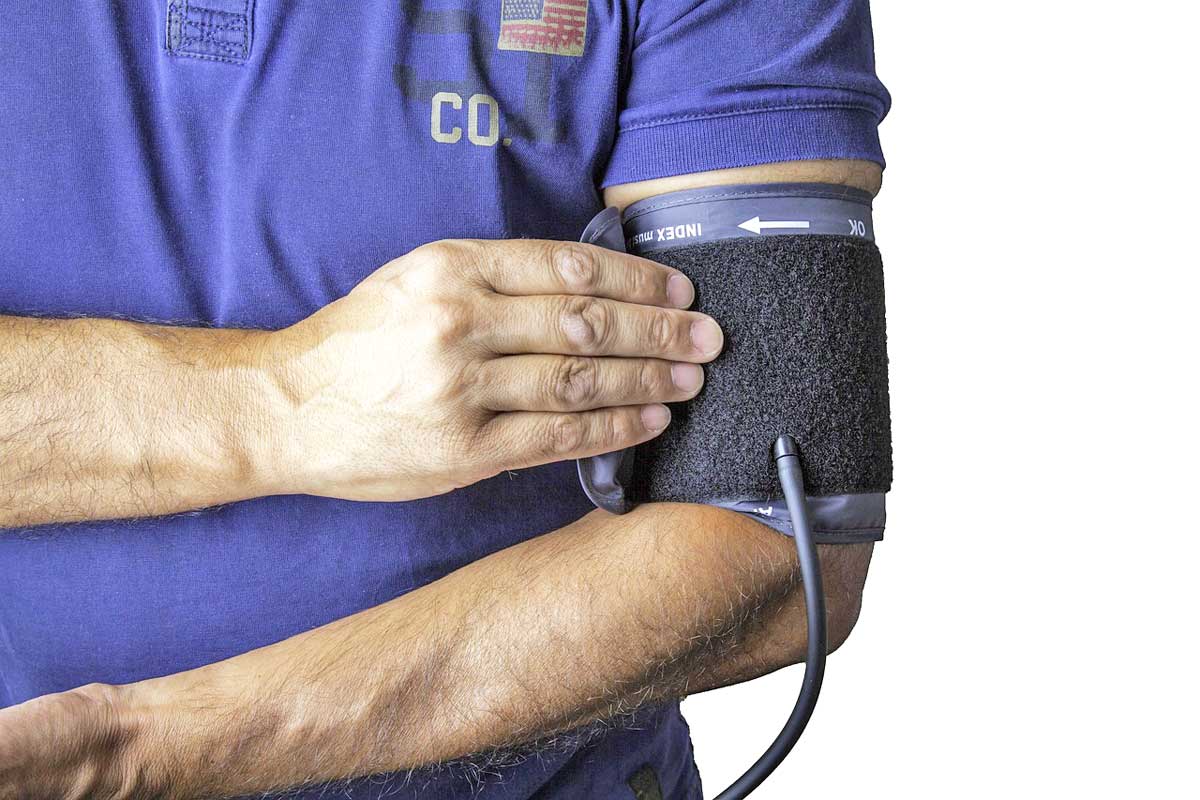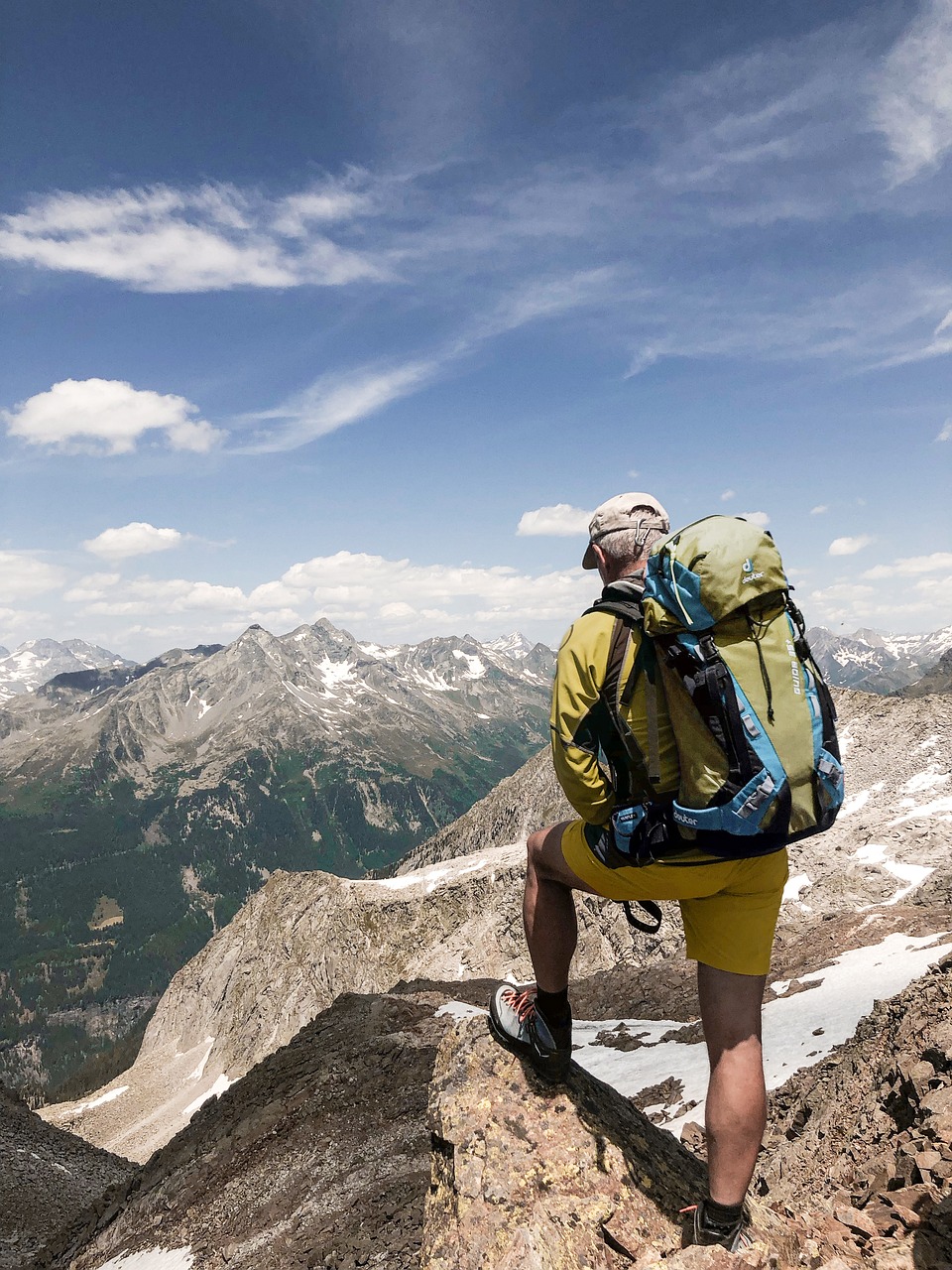When “It'll Start Getting Cooler” Becomes a Training Myth
Let’s face it—when Donald J. Trump told climate scientists in 2020, “It’ll start getting cooler. You just watch,” and followed with the immortal phrase “I don’t think science knows,” he probably wasn’t preparing for a half-marathon in September. If he was, someone forgot to tell his body, which is approximately 98% cheeseburger and 2% sunscreen.
But for the rest of us—those who actually do sport—America’s new reality is clear: the so-called Indian Summer isn’t just sticking around longer, it’s getting hotter, nastier, and way less Instagrammable when your shirt’s soaked by 8:15 a.m.
October Is the New July—And It’s Not Cute
In the last 30 years, the average fall temperature in Florida has risen by nearly 1.5 °C. Cities like Miami, Tampa, and Orlando are recording more “extreme heat days” in September and October than ever before. And Florida isn't alone: Texas, Arizona, Nevada, and even parts of the Midwest now see fall temperatures that rival midsummer heat waves from the 1990s.
Heatwave duration has also increased—what used to be a few spicy days now stretches into multi-week meltdowns. And unlike your pre-workout, it’s not optional.
When Fall Training Meets Policy Failure
America's extended summer isn't just a freak weather event—it's the cumulative result of decades of climate negligence. When lawmakers scoff at emission limits or gut environmental agencies, the side effect isn't just abstract—it's dripping down your back during mile 3 of your run. As athletes, we often talk about pushing limits, but we're now training in the fallout of political cowardice.The irony? Those most likely to deny climate change are also the ones least likely to survive a full 5K in Phoenix this October.
✅ Train early or late
✅ Hydrate like it’s your side hustle
✅ Know the signs of heat exhaustion
Because climate denial doesn’t cool your core temperature.
The Cost of Denial: From Gym Floors to Emergency Rooms
Hospitals across the South are reporting spikes in heat-related ER visits well into fall—particularly among young, active adults. That’s not just alarming—it’s unsustainable. A 2024 report from the CDC warns that "October now carries heatstroke risk levels comparable to July in several U.S. regions." Translation: your fall HIIT class might come with a side of IV fluids. The climate isn’t waiting for you to believe in it—it’s already adjusting your recovery schedule for you.
Training in a Sauna: The Physiology of Suffering
When you train in 90+ °F (32+ °C) weather, your body doesn’t just sweat—it prioritizes thermoregulation over performance. Your heart rate increases disproportionately, blood flow is redirected away from muscles toward the skin, and dehydration creeps in like a MAGA tweet: gradually, then all at once.
A 2022 study published in Sports Medicine showed that endurance athletes lose up to 10% of their VO2 max in extreme heat. And for strength training? Expect lower repetition volume, delayed recovery, and the kind of performance that makes your gym ego sweat more than your body.
Sweat, Sunscreen, and Surrender: Real Athletes Adjust
If you’re still sprinting through your 6 a.m. cardio like it’s 2005, congrats—you now live in the past. Real athletes adapt. That means moving sessions to early morning or after sundown. Hydration before, during, and after. Lightweight, breathable clothing. And yes, even sunscreen for your bald spot. Don't be that guy in compression shorts who collapses next to the pickleball court muttering “climate hoax.”
Trump’s Science: A Hot Take (Literally)
“I don’t think science knows” is the kind of phrase you’d expect from someone who tried to buy Greenland. Yet this is the cornerstone of America’s ongoing climate denial problem. Despite decades of warnings, emissions data, and rising sea levels, large parts of the political spectrum continue to live in a fantasy where the sun obeys tax policy and wildfires are just spicy BBQs. For athletes, this denial is dangerous. Because while the politicians debate whether CO₂ is real, your mitochondria are melting.
The New Normal for Fall Sports
Football players in Texas collapsing during August practice used to be tragic. Now it’s happening in October. Marathoners in New York are reporting heat exhaustion mid-race. Even high school cross-country meets are being delayed or canceled due to “unseasonal” heat.
Spoiler: this is seasonal now. The term “Indian Summer” needs a rebrand—perhaps “Climate Denial Season.” Because calling it “Indian Summer” implies it’s rare. It’s not. It’s policy-backed, fossil-fueled normality.
Table: Temperature Trends in Selected States
| State | Average Fall Temperature Increase (°C, 1995–2024) | Notable Impacts |
|---|---|---|
| Florida | +1.4 °C | Extended beach season, rise in heatstroke cases during October events |
| Texas | +1.7 °C | Fall football deaths, increased energy use for cooling in gyms |
| Arizona | +1.8 °C | High October UV index, outdoor sport cancellations |
| New York | +1.0 °C | Marathon training risk increase, heatwaves in late September |
Training Smart: How to Survive the Climate Gym
Get serious: if you live below the Mason-Dixon Line, assume October is no longer your “recovery” month. Cool-weather training is a myth unless you’re in Vermont or denial. Consider early-morning sessions, Zone 2 cardio in shaded areas, electrolyte supplementation, and lower intensity during peak hours. Cooling towels, frozen bottles, indoor treadmill backup plans. This is no longer elite prep—it’s basic survival for the fit and foolish.
When the Climate Is Fitter Than You
Here’s the truth: the planet is training harder than you are. Every year, it lifts the bar on heat, intensity, and unpredictability. And if your response is “but I’ve always run in fall,” well… the fall fell apart. Climate denial isn’t just a political joke anymore—it’s a public health hazard.
Especially for athletes. So hydrate, adapt, and maybe skip the filet-o-fish-and-Diet-Coke combo before your next session. Because this Indian Summer won’t go away just because you don’t believe in it. Science knows. And your sweat knows even better.



